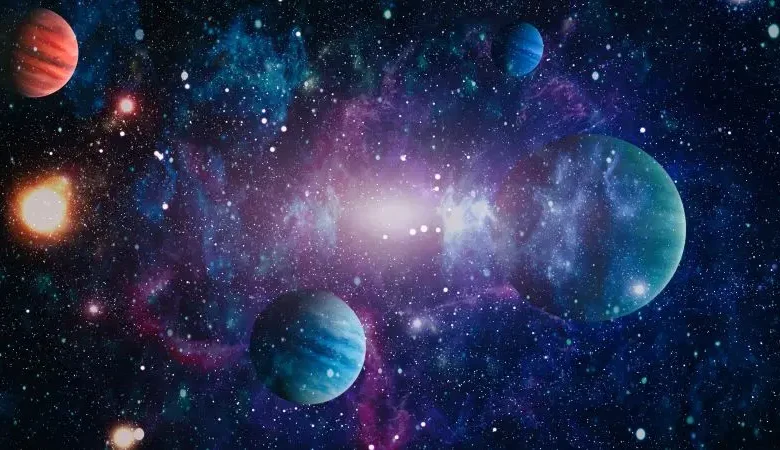Experts finally uncovers true colors of planets

A recent report has revealed the true colors of the planets in our solar system, providing a fresh perspective on said planets. Thanks to robotic spacecraft and advanced space cameras, our understanding of planetary colors is undergoing a transformation.
Published by the “planetary” website, the report talks about the remarkable precision of these space cameras in capturing specific wavelengths, enabling stunning images that challenge conventional perceptions.
While the human eye can only perceive light within a range of 380 to 700 nanometers, space cameras utilize filters to capture images within narrow segments of this spectrum. The resulting amalgamation of data produces approximations of true colors, though not identical to what our eyes perceive. Here is the info on some of the planets:

Mercury:
As the closest planet to the sun, it surprised researchers with its distinct shades of grey and subtle hints of brown. Images from NASA’s Messenger spacecraft, featuring wavelengths beyond the visible spectrum, revealed a landscape that extended beyond what our eyes can comprehend.
Mars:
Often called the “Red Planet,” defies classification with its ever-changing appearance. The Hubble Space Telescope’s red and green wavelength filters revealed a diverse surface, ranging from orange and brown to striking red. Meanwhile, the UAE’s Hope mission depicted Mars with slightly orange hues, showcasing the influence of distance, sunlight, and weather conditions.
Uranus:
The tilted giant unveiled a delicate pale blue-green hue through the lens of Voyager 2. As this planet completes its 84-year orbit around the sun, various regions come into view, revealing fascinating variations in its color.

Neptune:
Lastly, distant, Neptune, with its pale blue backdrop and hints of green, initially garnered attention through the Voyager 2 image. However, recent studies have unveiled its true colors, influenced by the faint sunlight at the edge of the solar system and its immense distance.
The report confirms that our understanding of the planets’ true colors is evolving, thanks to the valuable contribution of robotic spacecraft and their advanced cameras.










